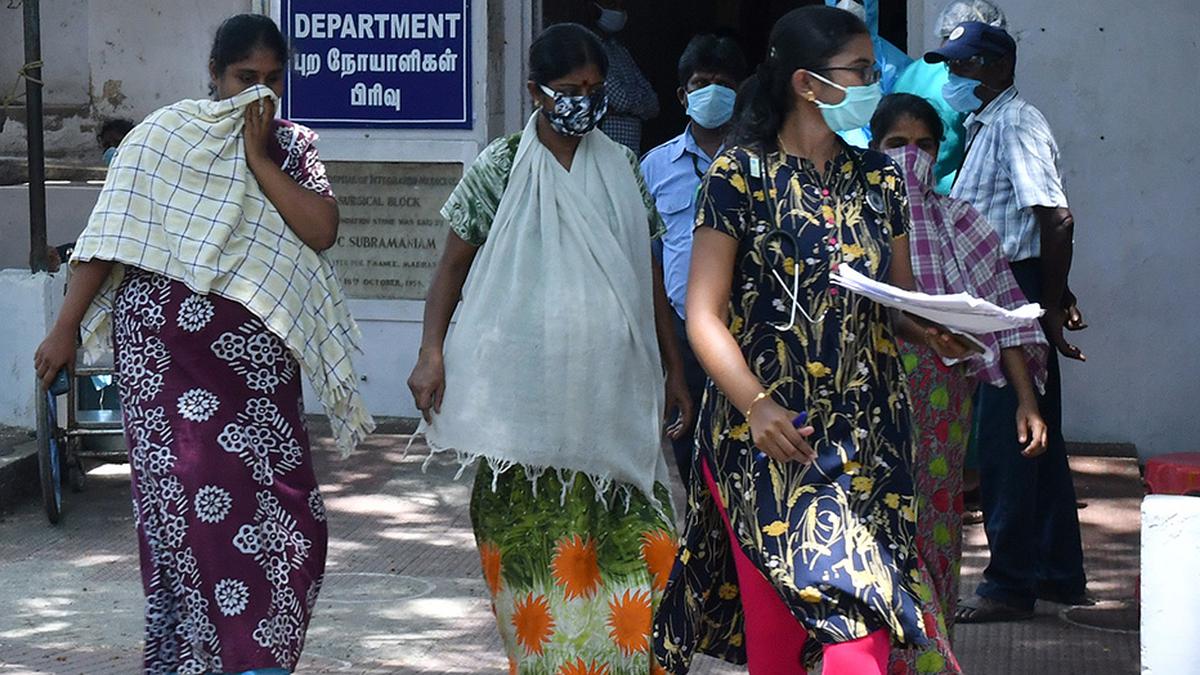
Software to track antenatal women, newborns upgraded
The Hindu
Upgrade PICME 3.0 to "actively promote" self-registration for RCH ID & share linelist with ICDS for monitoring newborns.
The Pregnancy and Infant Cohort Monitoring and Evaluation (PICME), a software, that captures the details of nearly 11 lakh pregnant women in the State every year, has now got an upgrade. The new PICME 3.0 will “actively promote” self-registration for RCH (Reproductive and Child Health) ID, and pave the way for sharing of the linelist through PICME with the Integrated Child Development Services (ICDS) scheme for monitoring of babies discharged from the Special Newborn Care Units (SNCU).
T. S. Selvavinayagam, Director of Public Health (DPH) and Preventive Medicine, said, “PICME was started in 2008, and every year, we keep updating it depending on the requirements. Right now, we have 25,000 users, including village health nurses, medical officers, tertiary care institutions and approved private hospitals. We have planned to bring out a detailed dashboard at the level of every institution so that details such as how many have registered, and how many are high risk pregnant women will be available to them.”
“As we have people who avail services in both the public and private sector, private institutions are being enabled to update the patient details,” he added.
Right now, the RCH ID is generated through PICME. “We want to actively promote self-registration for RCH ID as many people are computer-savvy. They can generate the ID on their own, while using their Aadhaar card and by receiving a one-time password. Though this facility is currently available, we are making it user-friendly so that pregnant women can register and generate the permanent RCH ID on their own,” he said.
Tracking all high risk pregnant women is a critical component of PICME, he said, adding: “All RCH IDs of high risk pregnant women are now visible to all 129 Comprehensive Emergency Obstetric and Newborn Care centres. They will be able to identify and pick up details of any high risk woman who walks into the centre in any of the districts.”
Through PICME, the directorate will share the Expected Date of Delivery list with the 108 ambulance network in advance so that the mode of transport and place of delivery can be planned ahead. “Similarly, we will be sharing the list of newborns discharged from Special Newborn Care Units including low birthweight babies with the Integrated Child Development Services (ICDS) scheme. Through this, the ICDS staff can monitor the growth of the baby, while the VHNs also keep an eye at the field level.” Dr. Selvavinayagam said.
He said they are in the process of enabling pregnant women to monitor their own details on PICME.

 Run 3 Space | Play Space Running Game
Run 3 Space | Play Space Running Game
 Traffic Jam 3D | Online Racing Game
Traffic Jam 3D | Online Racing Game
 Duck Hunt | Play Old Classic Game
Duck Hunt | Play Old Classic Game

















